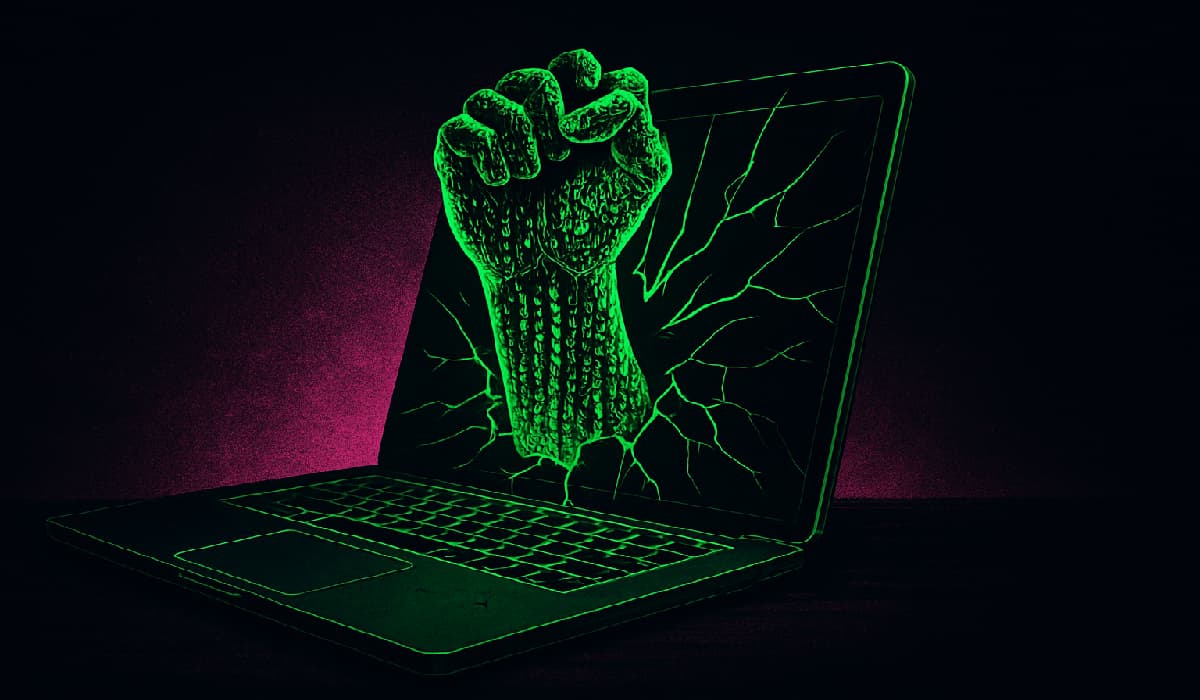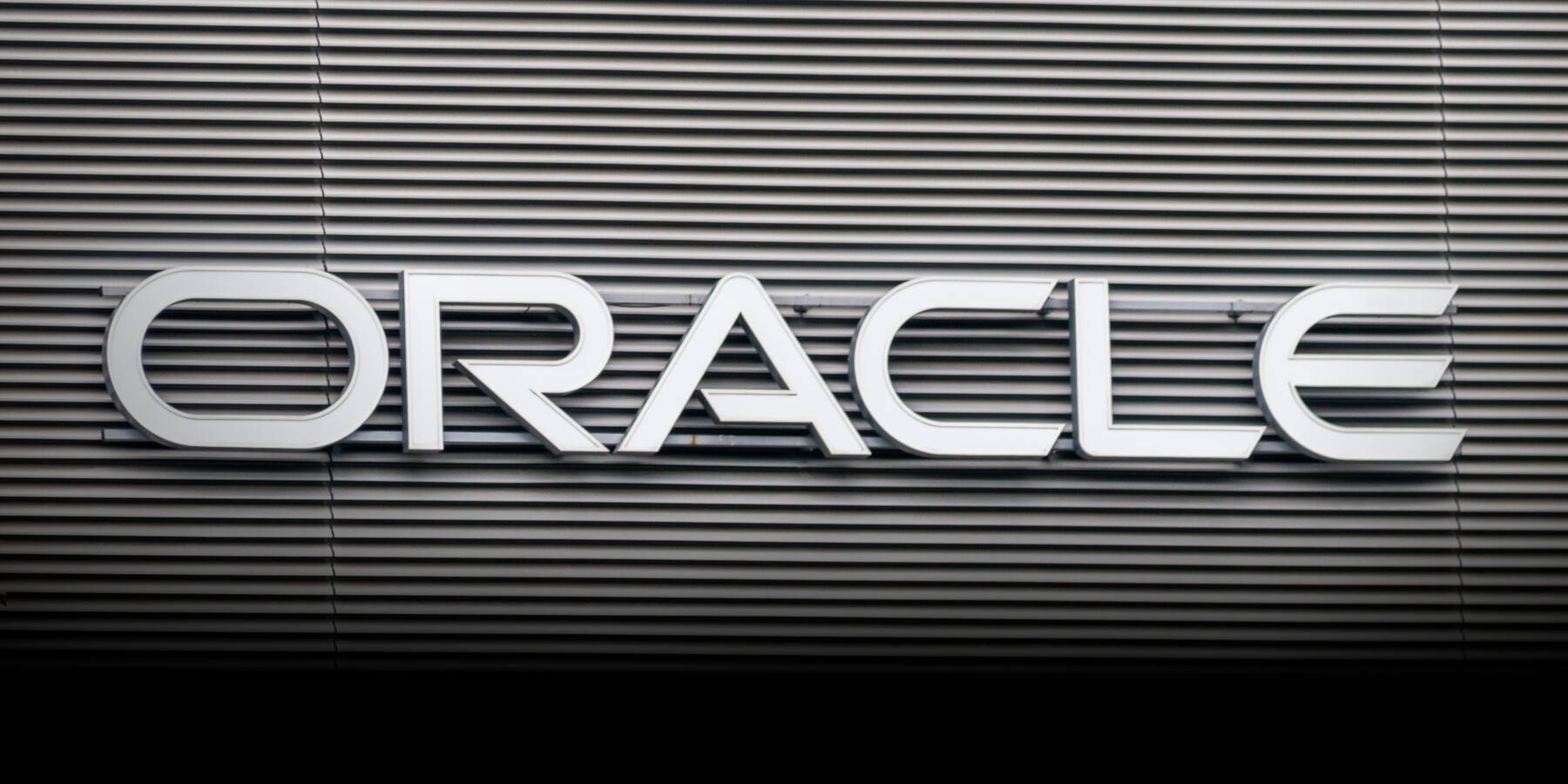BOOK THIS SPACE FOR AD
ARTICLE ADLet’s face it: Rolling out new software across an entire organization can feel like herding cats. Between data migration, staff training, and system integration, it’s easy to hit roadblocks before you even get started. But when it comes to computerized maintenance management software, the payoff is worth it and then some.
In fact, a report from McKinsey & Company found that digitizing maintenance operations can reduce equipment downtime by up to 30% and cut maintenance costs by 20%, a serious win for any organization. The key? Start with a solid plan. In this guide, we’ll walk through every step of the process, from evaluating your needs to tracking long-term success so your team can hit the ground running and get real results faster.
Understanding CMMS Software
To implement this, understanding computerized maintenance management software should be in place. It is used to manage maintenance, track work orders, and organize asset information. Digitizing these processes helps companies work efficiently and minimize downtime. Understanding the value makes it easier to win over stakeholders.
Assess the Needs of the Organization
Since there are specific needs unique to every organization, analyzing your exact requirements is the key. Internal audit helps you understand how maintenance is conducted every day, spot potential developments, and prioritize them. This evaluation assists in choosing a CMMS that meets the needs of the organization.
Selecting the Right CMMS
There are many variables to consider when selecting the right software. Prioritize features based on the organization’s needs identified earlier. This includes important features such as being easy to use, the ability to scale with your business, and the ability to integrate with the rest of the system that already exists. Getting feedback from other users or expert opinions can help you figure it out, too.
Building a Dedicated Team
Teamwork is needed to make the software integration successful. The team should include a mixture of people across departments, such as IT and maintenance. Their expertise will make for a smooth implementation. Clearly defined roles and responsibilities should help maintain focus and test ownership during each step in the process.
Scheduling the Relevancy Phases
You also need to have a realistic timeline for when you think things should happen. That way, each phase gets proper care and attention. Organize it around major milestones, software installation, data migration, and training sessions, leaving room for the unexpected. It is important to review progress regularly to keep the project on track.
Data Migration and Data Integration
Moving data from current systems to your new CMMS needs to be planned out well. Without correct and complete data migration, it will not be effective. Take into account the complexity and amount of data to decide how this transfer will be done to guarantee easy functionality with other systems of the organization.
Training and Support
To successfully adopt these tools, offices must ensure that staff is trained with all the required skills. Conduct extensive training sessions on every aspect of the software. You can enhance confidence with practicals done through hands-on practice experiences. When users have access to ongoing support, which is made available through various support channels, they can transition to the new tool or system while receiving assistance whenever they require it.
Testing and Feedback
Tests help identify potential issues before rolling out on a full scale. They allow the team to check on the software’s performance and identify any hiccups for the pilot run. You can use this stage to refine your app with user feedback. By practicing this way, you lower the risk of disruption during the actual launch itself.
Monitoring and Evaluation
Following implementation, regular monitoring is critical. Assess system performance periodically to determine if it continues to align with organizational requirements. Decide how you are going to measure success; in other words, create KPIs. Reviewing these metrics allows the identification of areas for improvement and guides future strategic decision-making.
Continuous Improvement
Your work doesn’t end after the implementation is done. Your commitment to continuous improvement must remain unchanging. Solicit user feedback to track any changing requirements. Keeping the software updated helps keep it aligned with organizational objectives. Your action-minded strategy is the recipe for success.
Conclusion
CMMS signals a substantial improvement in the operation of maintenance throughout an organization. Businesses can transition into the software smoothly by learning the software, identifying needs, and using a process to migrate. The software’s effectiveness is also ensured through continuous evaluation and improvement. Those organizations that embrace this change set themselves up for quicker and more productive changes.
Image by EstudioWebDoce from Pixabay.
.png)















 Bengali (Bangladesh) ·
Bengali (Bangladesh) ·  English (United States) ·
English (United States) ·